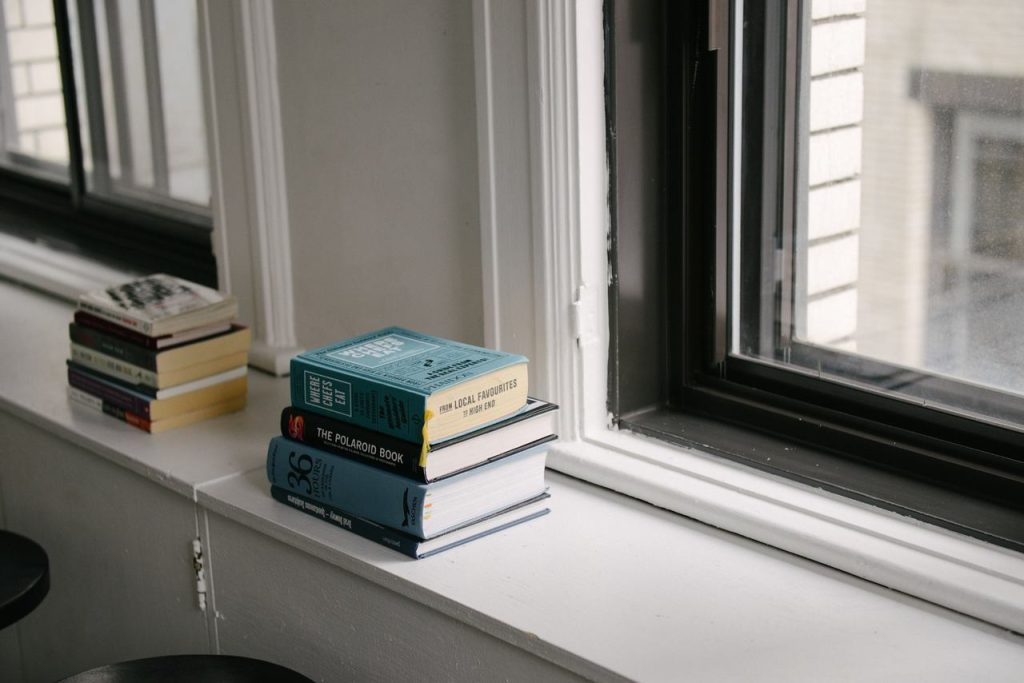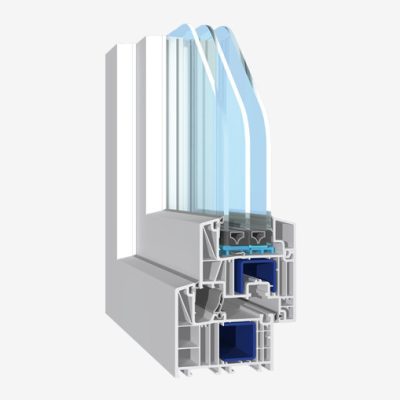
It is hard to imagine interiors without window sills. They complement the window installation and provide a visual finish. Interior window sills have a mainly decorative function and can be used as an additional shelf for potted flowers or decorations. A wide and low window sill can also be used as an original seat. In addition, internal window sills are usually installed above radiators, allowing them to regulate the flow of warm air by directing it to the central part of the room, thus reducing heat loss. 400;”>
External window sills, on the other hand, mainly serve as protection against rainwater getting onto the facade. For this reason, window sills are installed with a gradual slope and are always slightly longer than the edge of the wall. In addition, the end of the window sill should have a streamlined shape so that water can flow freely down it. It is worth noting that they also give an elegant look and complement the facade of the house. Internal and external window sills and the materials they are made of are obviously an extremely important part of finishing a house and are worth considering in more detail.
Types of internal window sills
When choosing interior window sills, it is worth focusing primarily on matching them to the overall style of the interior. PVC window sills fit in with basically any style, as long as the colour scheme is chosen well, and the possibilities with this material are very wide. PVC window sills are cheap, light, resistant to heat and moisture and easy to clean. They can be successfully installed in kitchens or bathrooms, where the humidity level is usually higher. External window sills must be, above all, solid and durable so that they protect the facade of the house from moisture for a long time. The most popular are metal window sills, which are made of galvanised sheet metal covered with decorative varnish. They are relatively cheap and durable, but it is important to remember that a scratched layer of varnish may require renovation over time. Read also:
For rustic or trendy Scandinavian interiors, wooden window sills are a good choice, but solid wooden window sills are quite expensive. They are not recommended for bathrooms due to the high level of humidity. In other rooms, they will look very elegant and cosy. However, it is important to remember to properly impregnate and periodically maintain wooden window sills.
A cheaper version is made of chipboard or wood-like panels covered with laminate, which increases their resistance to damage and dirt. Marble and granite are very durable materials that will perfectly suit cool, modern interiors as well as those decorated in a traditional style. Marble and granite are very durable and resistant to heat and moisture. It is only worth remembering to impregnate marble against the effects of acids. However, due to their price, they are quite rarely chosen.
Types of external window sills
Aluminium window sills are very durable and weather-resistant and can be powder-coated in any colour, making it easy to match them to the colour of the window frames. Granite window sills are much more expensive but also much more durable. Despite their price, they are becoming increasingly popular due to their elegant appearance. They are also very easy to clean and do not require any maintenance. 400;”>
PVC windowsills are also used outside as a supplement to plastic windows in particular. They are cheap and easy to install and are also resistant to moisture. On the other hand, wooden window sills are usually only chosen for typical wooden houses, where other materials would look unfavourable. Wood requires careful impregnation and frequent renovation due to damage caused by rain or snow.



